The Immigration Lawyer’s Diary – Real Facts, Honest Advice
Case: Guiding a Chemical Engineer to Global Excellence
A chemical engineer approached our law firm with ambitious plans for higher study in the USA, particularly to pursue a master’s in a highly specialized field of chemical engineering. He had done his homework, bringing a shortlist of university names to our first meeting.
The Challenge
After a detailed review, we realized that the universities he had selected were not the best fit for his specific research interests and career goals. The American programs he identified lacked the depth or unique specialization he sought.
Our Approach
- We worked closely with him to enhance his academic resume, ensuring it showcased his expertise, research experience, and career ambitions in a concise and compelling manner, tailored for international graduate admissions.
- We advised him on effective ways to research and identify universities with strong faculty, research labs, and master’s programs in his precise area of chemical engineering.
- We guided him on communicating with university professors and admissions offices to assess research alignment and mentorship opportunities.
The Outcome
Inspired and informed, he broadened his search to include leading universities in the UK and soon identified a program perfectly matched to his aspirations. He was admitted and thrived academically, earning his master’s degree with distinction.
- He became the youngest Indian engineer enrolled in the prestigious Royal College of Engineers.
- He signed multiple MOUs with research and industry partners.
- Today, he works as a consultant for several major chemical companies in Ahmedabad, leveraging global exposure and specialized knowledge.
Honest Advice
For aspiring students:
- Focus on finding the right program—not the most famous one.
- Invest in strengthening your resume and application materials.
- Seek out advice on research alignment and university selection early in the process.
Advise by:
Mr. Prashant Ajmera, an Indian immigration lawyer and Canadian citizen. He is the founder of Ajmera Law International and the author of two books, “Millionaires On The Book” and “How to Plan for Your Child’s Foreign Education.” Over the past 30 years, he has assisted and advised over 30,000 students and families on planning their foreign education and settlement. He regularly speaks at various forums on this subject.
Ajmera Law International: Mo: +91 9974253030 | info@ajmeralaw.com | www.ajmeralaw.com



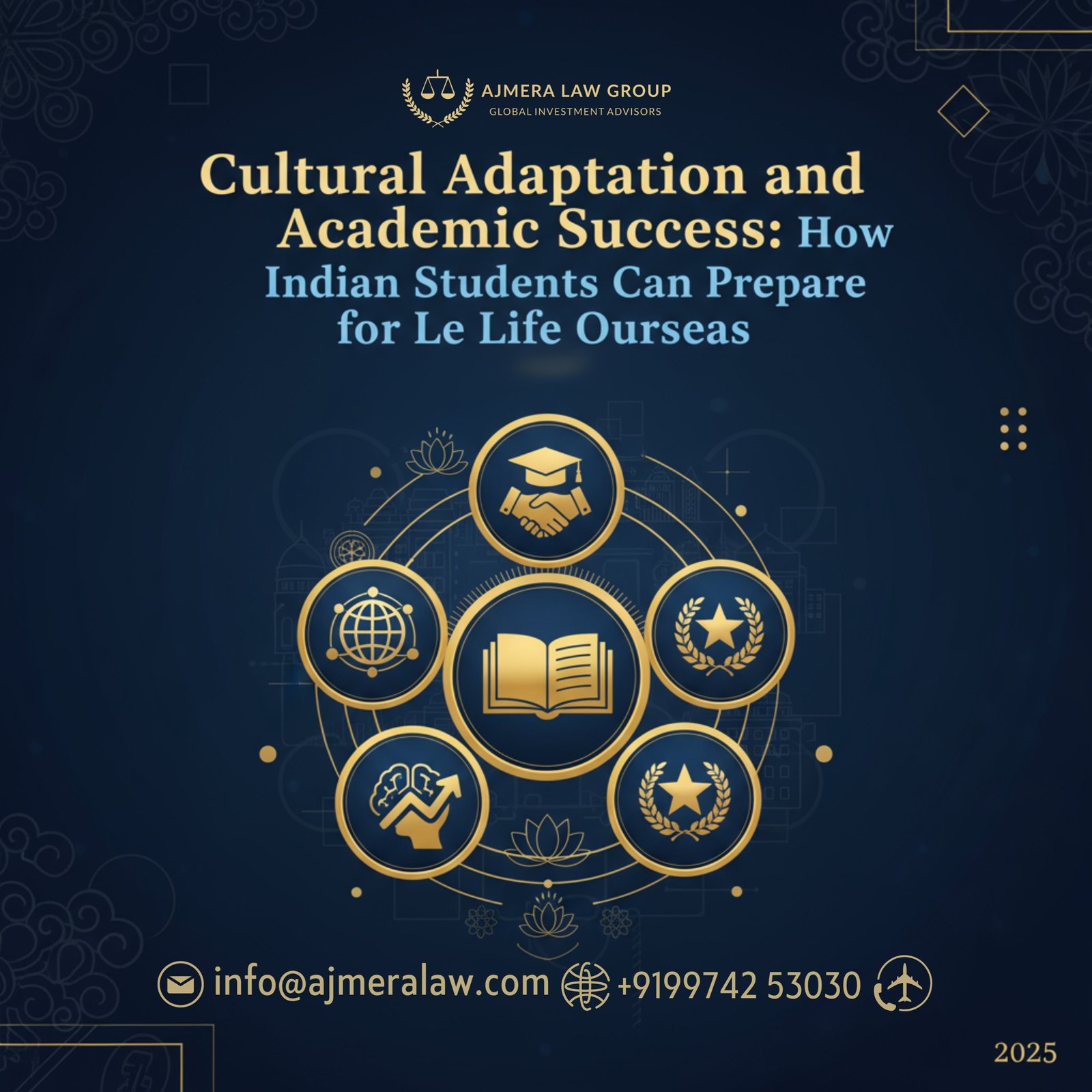
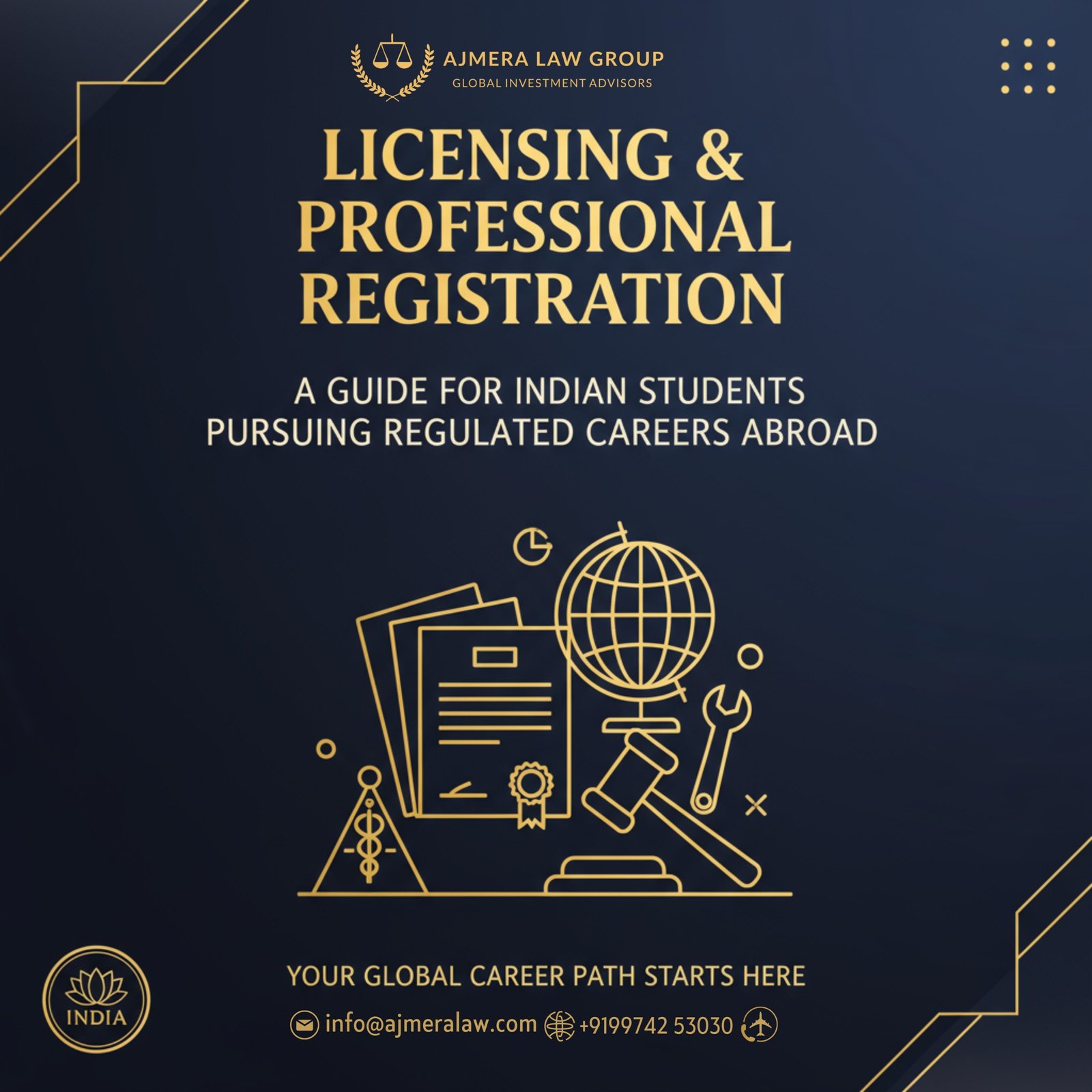
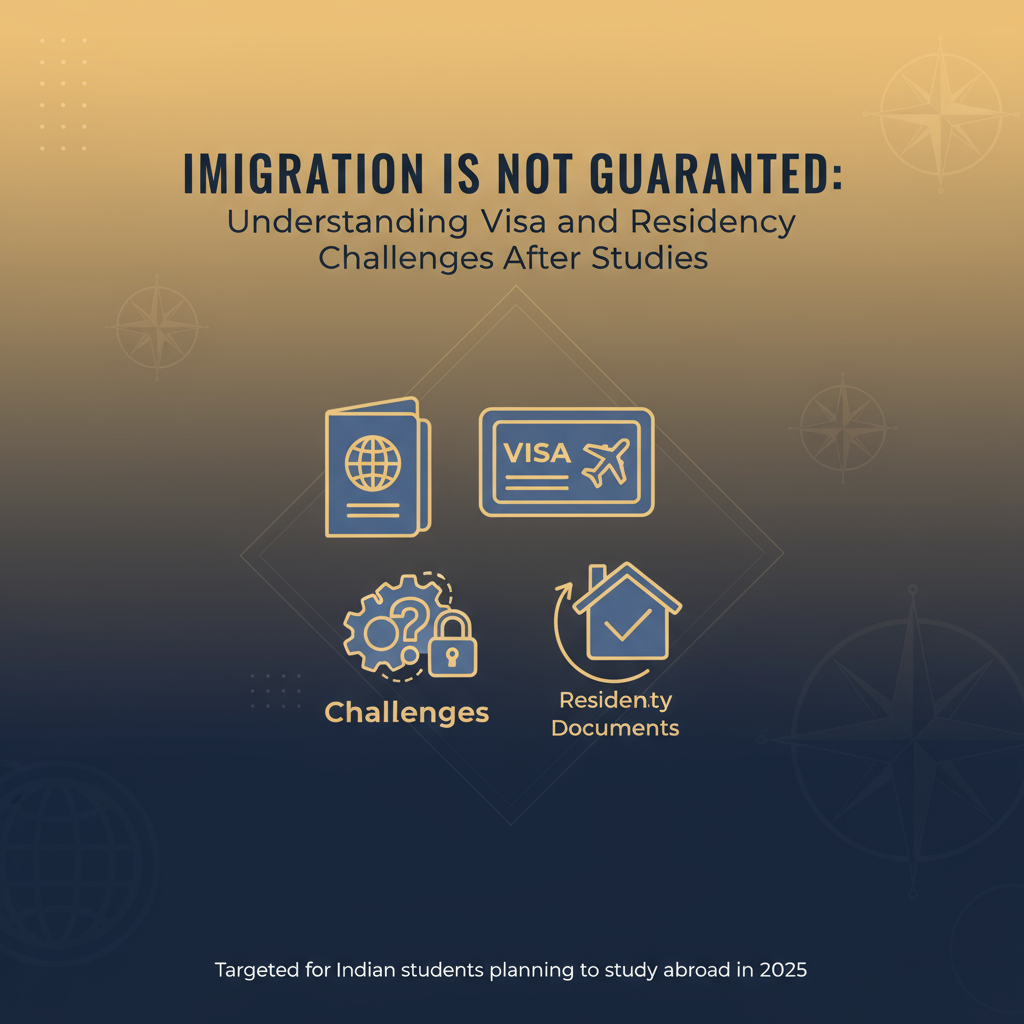
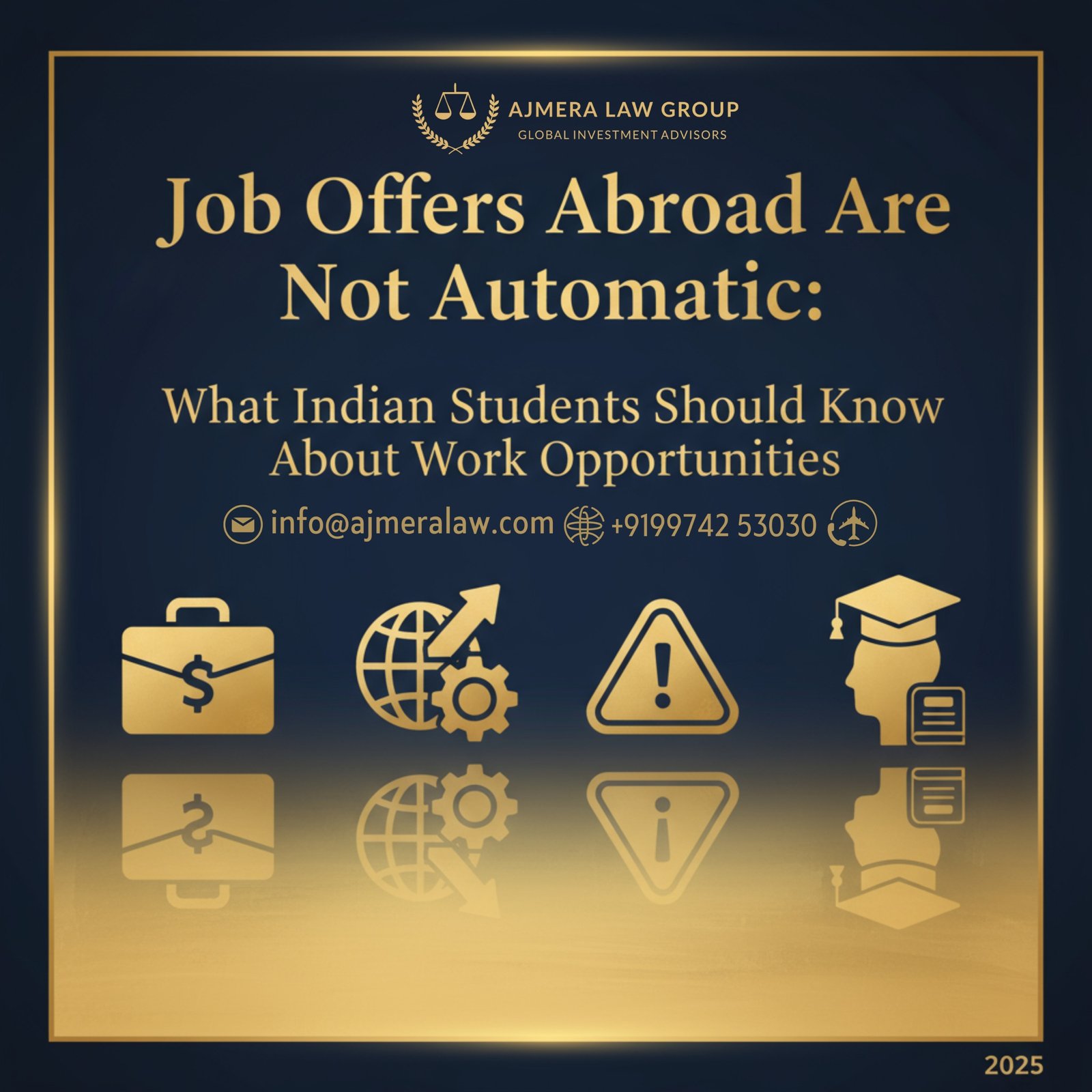
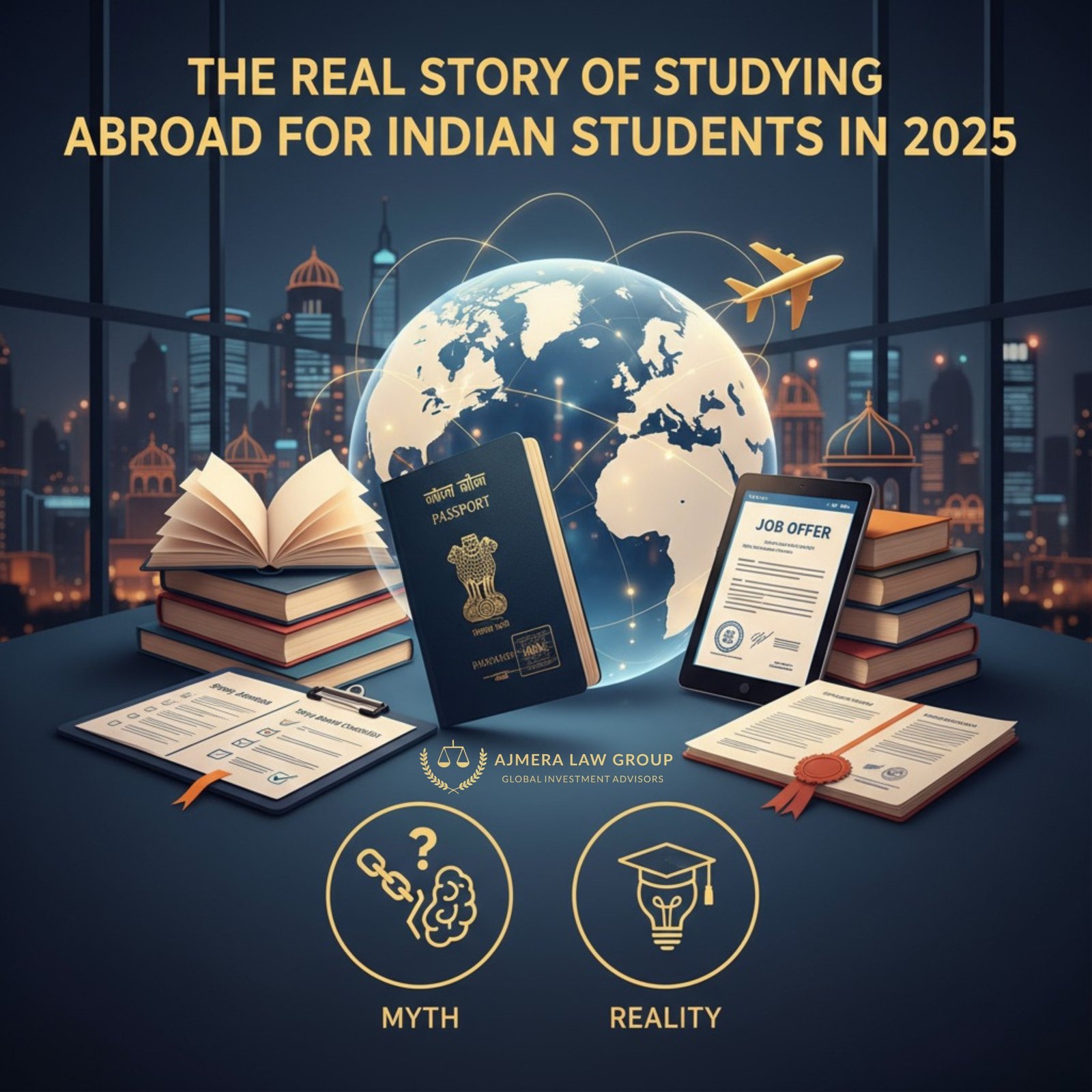
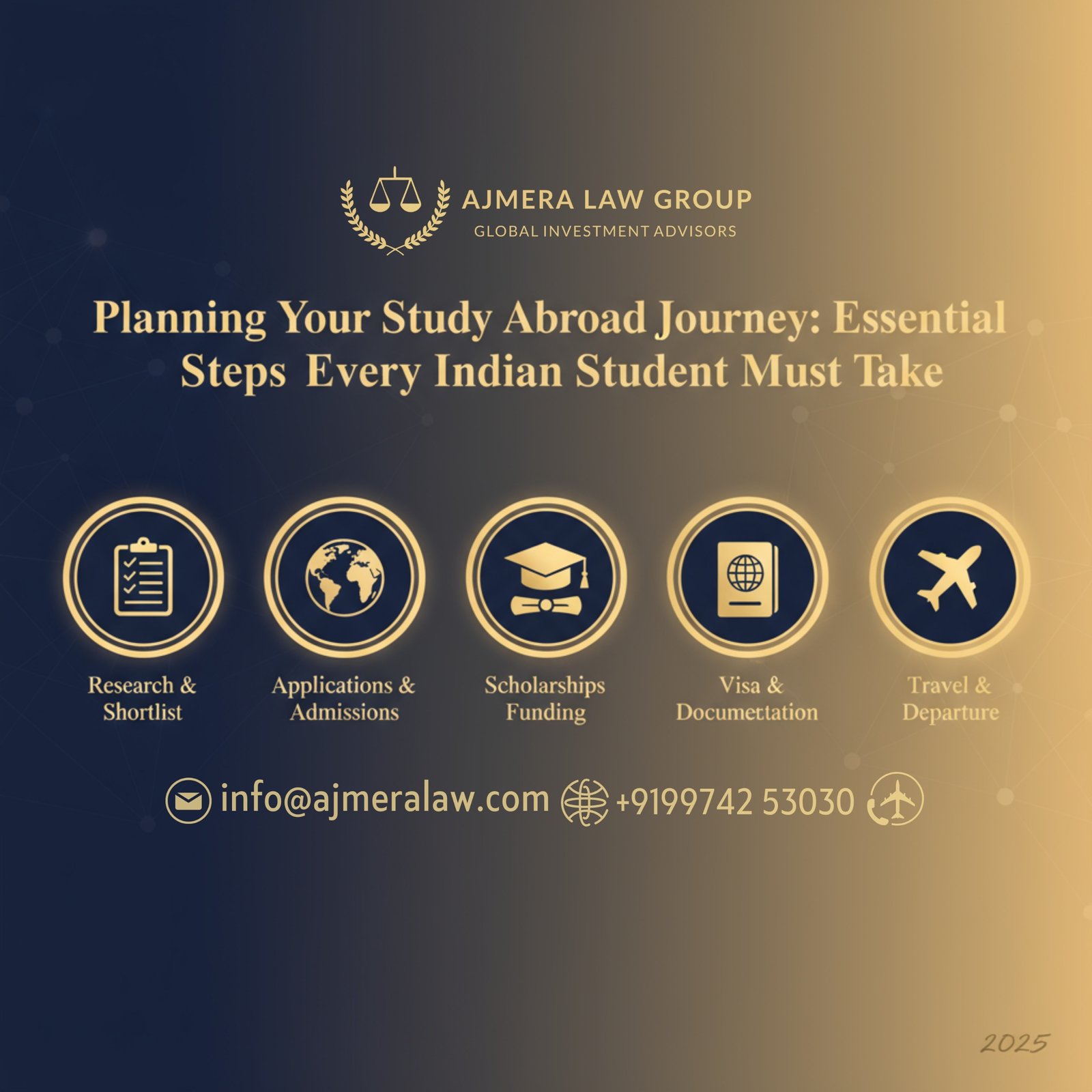
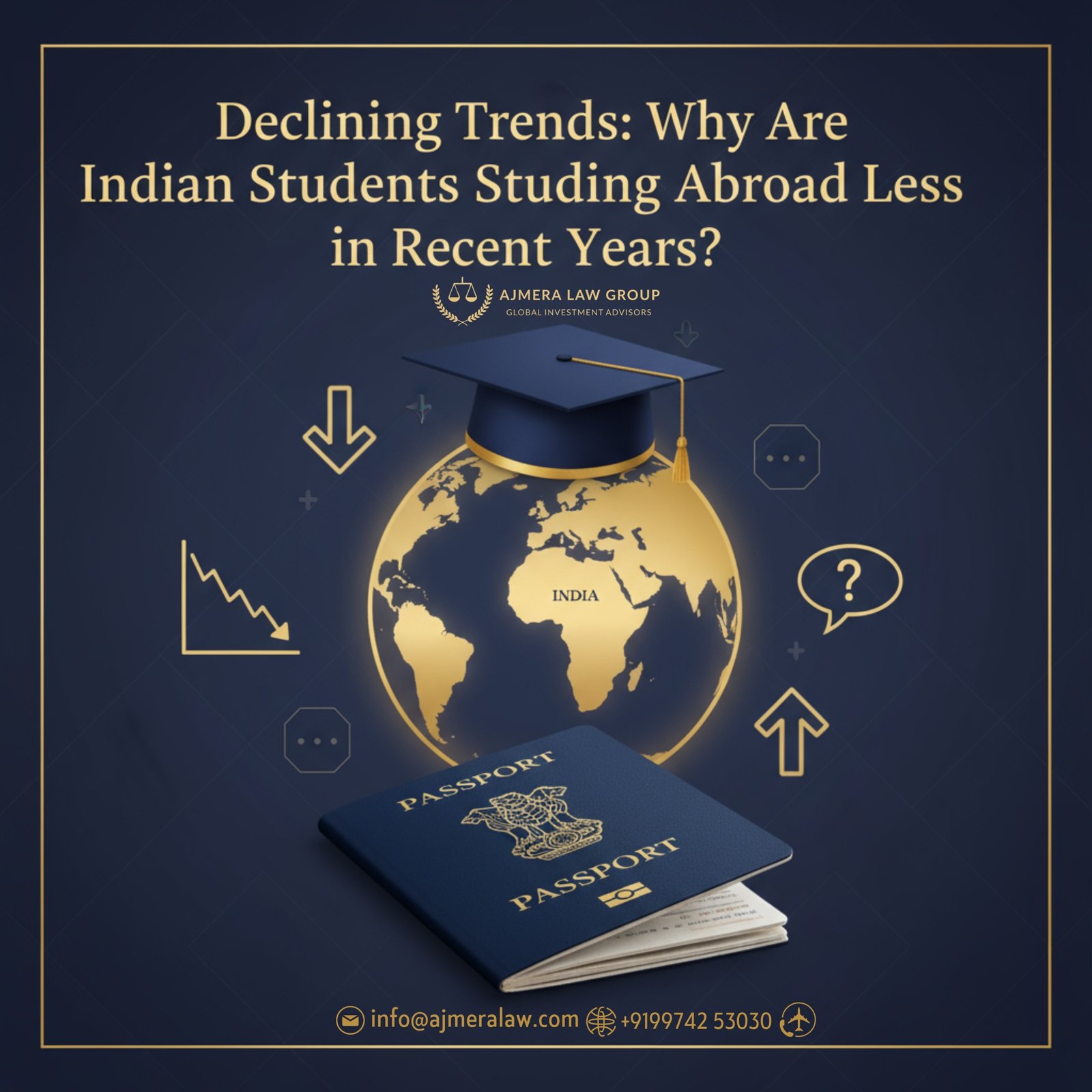

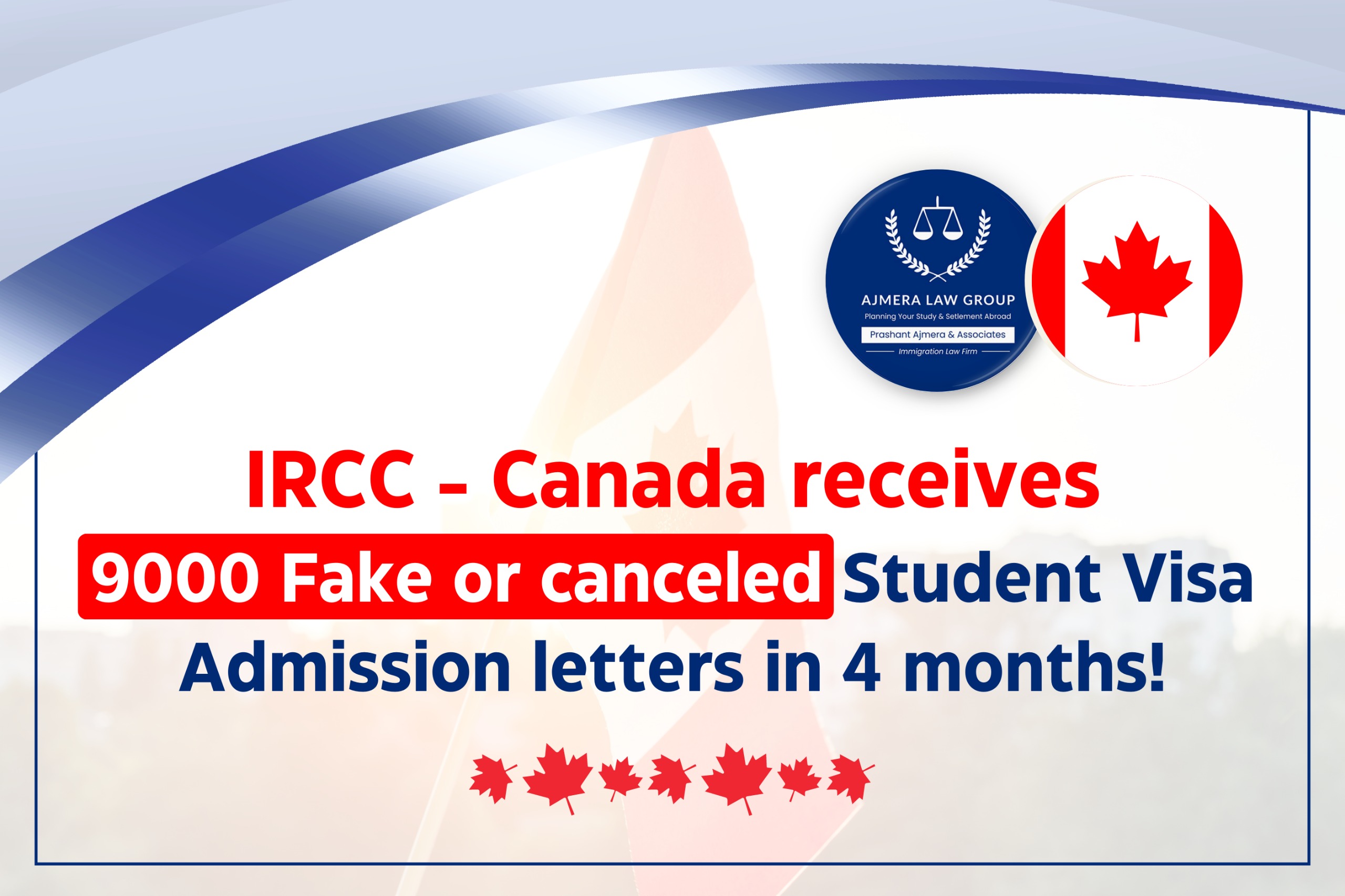
Securing admission to a top university in the USA requires early preparation and strategic planning. 🌎A great way to start is by participating in **teen-focused travel and learning programs**, especially during summer vacations.
These programs provide exposure to the American education system, enhance academic and cultural knowledge, and build personal development skills. 💼🎓
### 🔑 **Key Features of Teen Travel and Learning Programs**
1️⃣ **Cultural Immersion**: Experience local traditions, language, and activities like cooking classes, crafts, and festivals. 🎭🍳